The Chess Move That Never Goes Wrong
Some people say that you have to think like a chess player to deal with certain kinds of people in life, especially if they happen to be in authority. You might think of this as an interesting analogy but there is a vital life lesson in here if you want to do well and get ahead in life.
The simple fact of the matter is that you need to think like a chess player in order to win at the game of life. That is to say that you need to make calculated moves at times and think of the consequences that any of your actions are likely to bring.
What is really interesting about this is that you don’t even have to be a master at the game of chess or spend your life around chess boards and chess pieces in order to do that. You just have to become a better thinker and learn to analyse things around you with a sharper and more critical eye.
Thanks to the wonderful resources and top-notch chess merchandise provided by the Official Staunton Chess Company, you can dive deep into the world of this beautiful game and become really adept at pulling off good moves not just on a chess board but also in different tricky situations in life.
Not only will these resources help you become a better chess player but also a more strategic-minded person in life so that you can deal with complicated people and difficult situations in an effective manner.
Seize the Initiative
There is one such move that you can play on a chess board which is guaranteed to work almost every time. It comes with lots of historical significance as well. Therefore, you can be sure that this move works. Whether you are using plastic or wooden chess boards or playing online, this will help improve your game and make you a better player.
Before getting into the details of the move, keep in mind that the game of chess involves quite a bit of subjectivity, as does any game or sport in all honesty. Discussions around the best moves and best players are often based on personal opinions and there is never one objective answer. So, there will always be multiple views but that just adds to the beauty of it. With that said, let’s talk about a ploy that is as beautiful as it is daring and is a personal favourite of many chess grandmasters past and present.
A Piece Sacrifice
This is undoubtedly one of the best moves ever executed in a game of chess simply because of how daring it was. The year was 1957 and the setting was the USSR Championship. Mikhail Tal, the Magician of Riga, was up against Bukhuti Gurgenidze. This particular encounter is a perfect illustration of the advantage that Tal held over his contemporaries when it came to tactical complications on chess tables and how his style often used to take opposing players by surprise.
When Gurgenidze played the d4, the Benoni defense (d4 Nf6 c4 c5) came into play. In general, Benoni compositions tend to make the play asymmetrical and unbalanced. In such situations, players with better tactical awareness usually have the edge.
On his 13th move, Tal played Ng4. One the face of it, it seemed like an inaccuracy. The better move would have been to get Nd7 or Na6 over on e5. However, as mentioned earlier in the piece, players often were not used to Tal’s unconventional style with chess sets and often took the bait thinking that the Latvian-born Grandmaster had shot himself in the foot.
But Tal used to have a very potent idea in mind whenever he played such a move. He often relied on his opponent not coming up with the best rebuff to his seemingly foolish attacking ploy. Qh4 was a clear and obvious threat in this one but Tal had seen it coming. In response, Gurgenidze played h3 which proved to be his undoing.
It enabled Tal to sacrifice his knight with an Nxf2 which set him up for the win a few moves later. What is important to note here is the h3 move employed by Gurgenidze. It is a great example of how unprepared players were for the aggression that Tal seemed to be able to unleash at any time and from any position on a chess board.
Irrespective of the pressure of chess clocks, Tal had the composure and presence of mind to play such bold moves and completely hoodwink his opponents into believing that he is desperate and going for a reckless attacking manoeuvre. He played the Qxh3 a couple of moves later which completed the assault.
Going Gung-Ho on a Chess Board
Tal’s mindset, game-play, and his approach to chess had a lot to do with aesthetics. It is what you call a free-flowing attacking display in other sports like football and hockey. While it is undoubtedly beautiful to watch but also very effective as this particular encounter against Gurgenidze demonstrates.
Furthermore, the atmosphere around the board when this move is being executed is something that is rather difficult to describe with the palpable tension, an air of mistaken superiority on the part of the opponent, and quiet confidence on the part of the player making the move.
At the end of the day, the game of chess runs on the system of activity and response. You have to keep your concentration all the time, keep a keen eye all over the board, and anticipate what your opponent is planning to do and how you are supposed to stop their advances to make sure that you have the upper hand which you can then utilise to plan your own assault.
The art of strategic thinking and creativity are some of the many things that a game of chess can teach you very nicely. Countless individuals around the world have become better thinkers as a result of playing the game. Surely you will too.



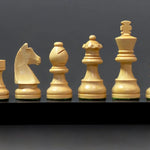
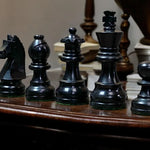
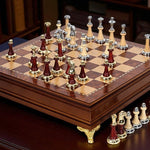
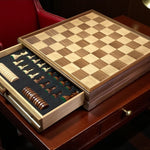
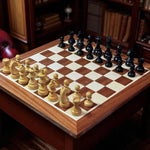
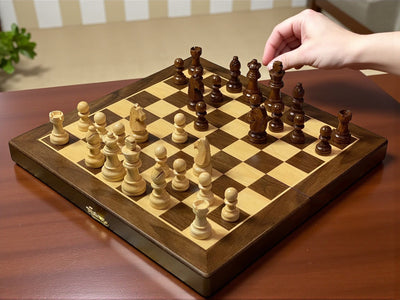
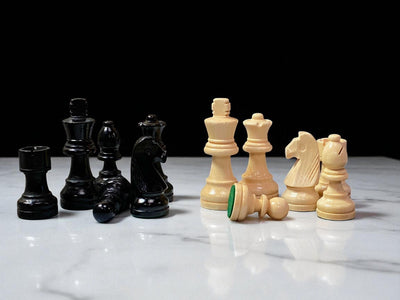
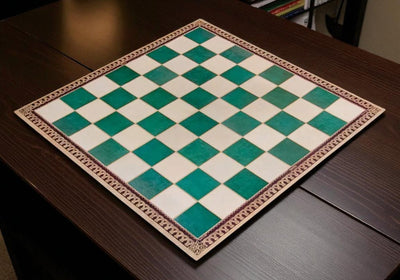
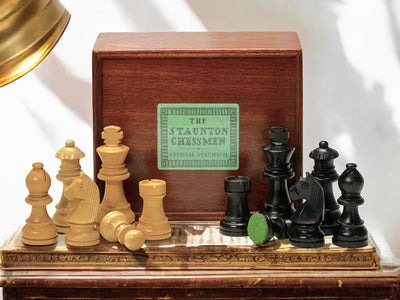
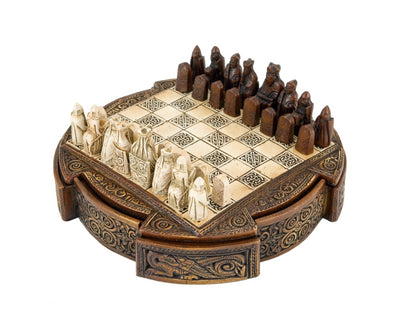

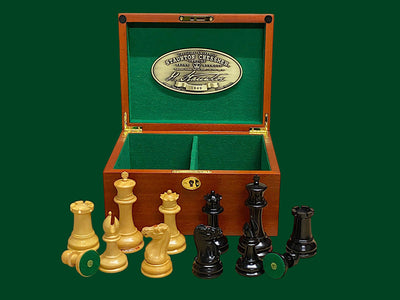
Leave a comment